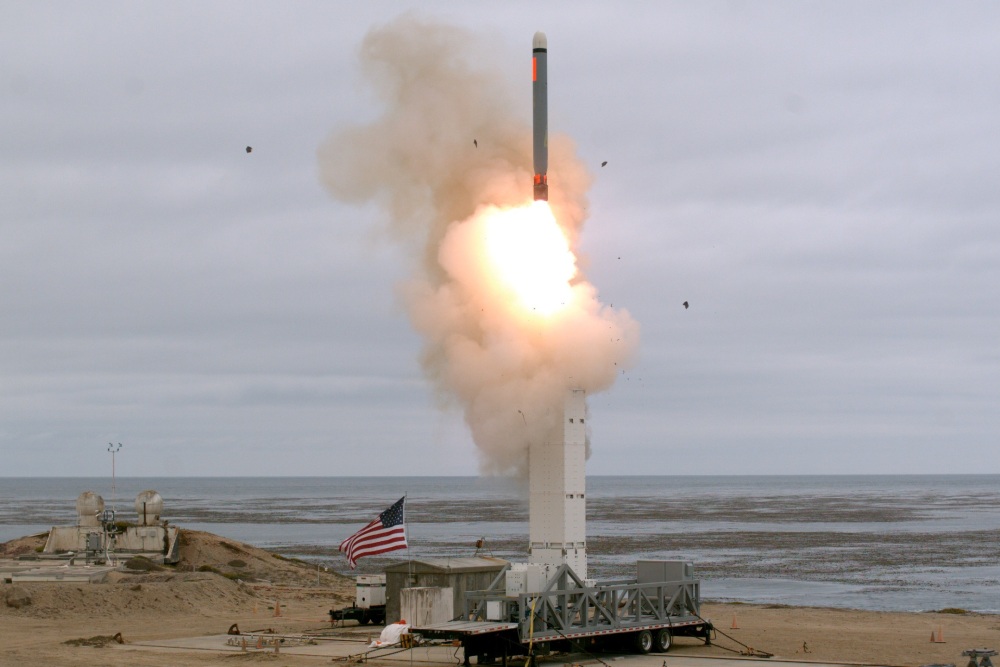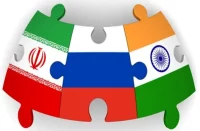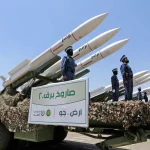So, what are the reasons behind the Americans’ deployment of medium-range missiles in the Asia-Pacific region? First of all, it’s the protection of the island of Taiwan, perhaps China’s main political antipode in the region. On the back of the political tension being fueled, the United States is trying to create a tactical advantage in the next flashpoint. No one doubts that the tension has been heated to the limit. Given President Biden’s and the Democratic Party’s the rhetoric, conflict may break out at any moment. Who expected the Americans to strike Yemen? It seems that initially the operation was supposed to be peaceful with the declared goals of “protecting navigation the most important transport and logistics arteries from piracy,” ending up, as always, as a bloody mess.
Despite the fact that Tomahawk missiles do not create any specific interception challenges, by supplying them, Washington seems to intend to contribute to the coordination of allied actions in the region and the escalation of the situation in the Taiwan Strait. Beijing’s reaction normally follows very quickly: in the format of warnings against interference with China’s internal affairs, which is very wise on the part of the Chinese Communist Party.
The deployment of intermediate- and shorter-range missiles in the region poses a major threat not only to U.S. adversaries, but also to its allies, as it creates potential targets for a preemptive strike. That is the most destabilizing factor imbedded in the Indo-Pacific strategy of the United States. The Typhon complex can be quickly delivered to other bases and islands, which are abundant in the region, which will create serious challenges for China and its allies.
The United States’ actions in East Asia significantly undermine not so much regional as global strategic security. Instead of trying to build a new framework based on the old global strategic security system, the United States makes attempts to erase and bury in oblivion everything that happened, ignoring the interests of China and Russia, the world’s major players. Most likely, the Pentagon will be able to find resources to equip new missiles with nuclear warheads and place them within the southern Japanese Islands, Palau and the Mariana Islands.
Thus, Washington will get an opportunity to destroy military and civilian infrastructure in the Russian Federation and North Korea in case of any conflict. I am sure that the Ministries of Defense of all of the above-mentioned three countries do not rule out the option that American medium-range missiles can be aimed at the infrastructure of strategic nuclear forces. Given how far Russian and Chinese missiles are deployed from the United States and the development status of missile defense capabilities, this can very well provide Washington with strategic advantage in case of a potential conflict.

What is even more dangerous is that Washington is deliberately cultivating among its allies Russia’s and China’s image as rapidly arming countries. This in turn gives rises to a domino effect with the United States’ allies seeking to arm themselves even more to ensure their own security and so on. Tokyo and Seoul are already trying to grab an opportunity to set up joint nuclear missions with the United States. Similar missions existing within NATO are their prototypes.
The essence of joint nuclear missions is as follows: in implementing such a program, a country would host nuclear weapons in its territory and participate in planning their use with its military and aviation participating in nuclear strike exercises. At the same time, the United States does not officially transfer nuclear weapons to another country. They will be actually transferred only if a military conflict outbreaks. This will serve more as a deterrent, but at the same time tension in the region will rise significantly. The precedent is indeed equivocal and such actions give rise to concerns in East Asia.
It has to be noted that regardless of which specific area of East Asia the American INF missiles will end up in, this will significantly strengthen the capabilities of the U.S. military. In the short term, their main target will be Chinese military bases. This will significantly reduce the strike capabilities of Chinese armed forces, which hypothetically may force China to reconsider its approaches to containing the United States in the Taiwan area.
Interestingly, War on the Rocks, a U.S. portal, as early as in the beginning of 2022 predicted that in the future medium- and shorter-range missiles will constitute the main striking force. Today’s infrastructure, both military and civilian, is largely unprepared for this new reality. The same is the case with military planning. One needs to be aware that their opponents or allies may also get hands on this kind of weapons. Japan has already embarked on that journey. Tokyo is willing to receive Tomahawks from 2025 on to replenish and update its cruise missiles park.
The stated goal is to accumulate “about 1,000 missiles capable of flying to distances exceeding 1,000 kilometers” by 2026. It is extremely unlikely that any treaty similar to the INF one will be entered into. In addition, given the current technology development level, the number of countries possessing such missiles will increasingly grow. How to deal with that? Forcing them to join that treaty as well? How? Under the threat of staging a war or offering them something in return? It’s a very dubious way with the United States following a path of destruction by deploying such missiles in the region because the most logical response to the deployment of that type of weapon would be nothing but retaliatory deployment which will only lead to escalation.
There is one thing that pleases: So far, the United States are clearly not able to finance the conflict in the Taiwan region. It cannot win the war with China. It lacks appropriate human resources and indeed its military-industrial complex is no longer what it used to be. The USA needs time to rest. Most likely, the next four years will be exactly that kind of recreation: useless weapon clanking not supported by anything concrete, cessation of existing conflicts. The most interesting will follow after that.














Comments